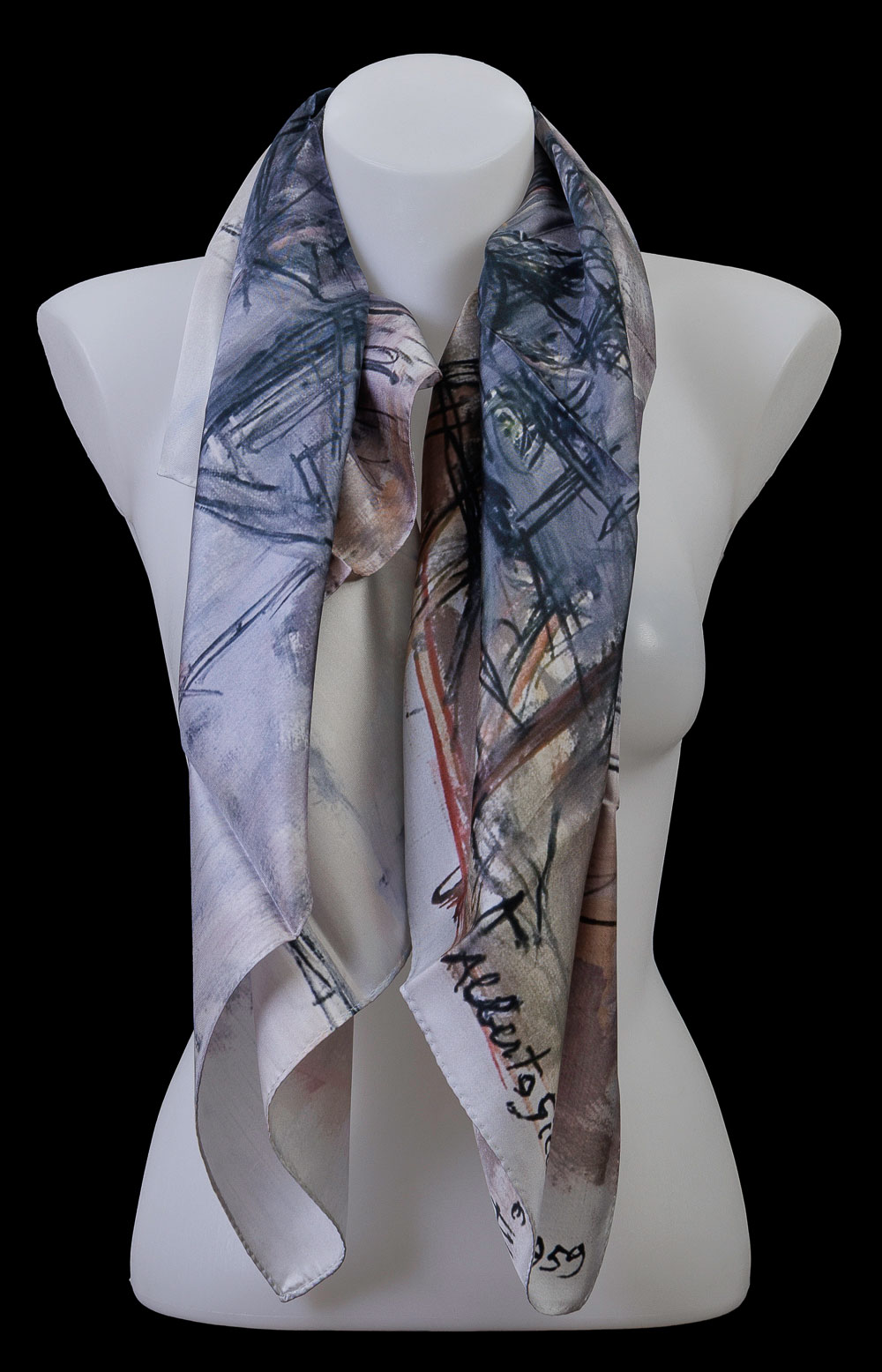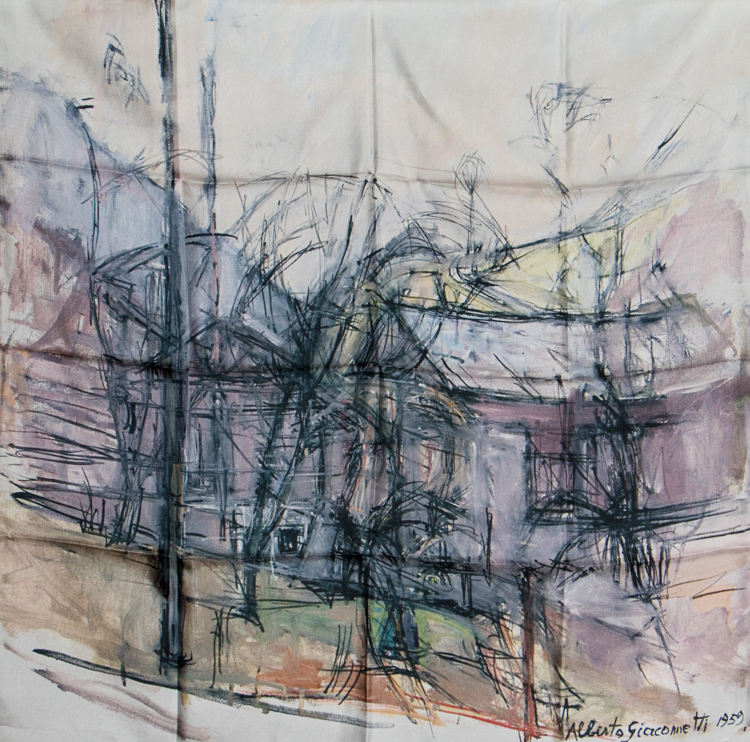Tel : (+33) 4 94 63 18 08
9am - 6pm from Monday to Sunday
Alberto Giacometti
Additional cultural and artistic information about the artist
* * *
Main works
"The Walking Man" (1947)
"The Spoon Woman" (1927)
"The Nose" (1947-1949).
Artistic movements
Alberto Giacometti is a Swiss modernist sculptor, painter, and graphic artist, influenced by surrealism, existentialism, and phenomenology.
Inspiration, influence
His influences include cubism, African art, ancient Greek sculptures, as well as the works of Paul Cézanne, Constantin Brâncuși, and Henri Laurens. His relationship with Jean-Paul Sartre also had a significant impact on his work.
His contemporaries
Giacometti interacted with major artistic figures such as Pablo Picasso, Joan Miró, Max Ernst, André Breton, and Balthus.
To keep in mind
Giacometti is known for his elongated and slender sculptures, which express a unique vision of the human condition. His work explores the perception of distance and space, influenced by his reflection on phenomenology. After leaving Surrealism, he gained international recognition from the 1950s onwards, particularly through exhibitions in London, New York, and the Venice Biennale. His collaborations with intellectual figures such as Jean Genet, who wrote a brilliant essay on his work, and Jean-Paul Sartre, who deeply explores his oeuvre, enriched his artistic production. While working on ambitious projects, such as the one for the Chase Manhattan Bank, some of them never come to fruition. Despite his success, Giacometti remains true to a simple and accessible way of life, reinforcing his connection with the public. His death in 1966 marked the end of a prolific career, but his legacy endures, protected and celebrated by the Alberto and Annette Giacometti Foundation, created by his widow.























































